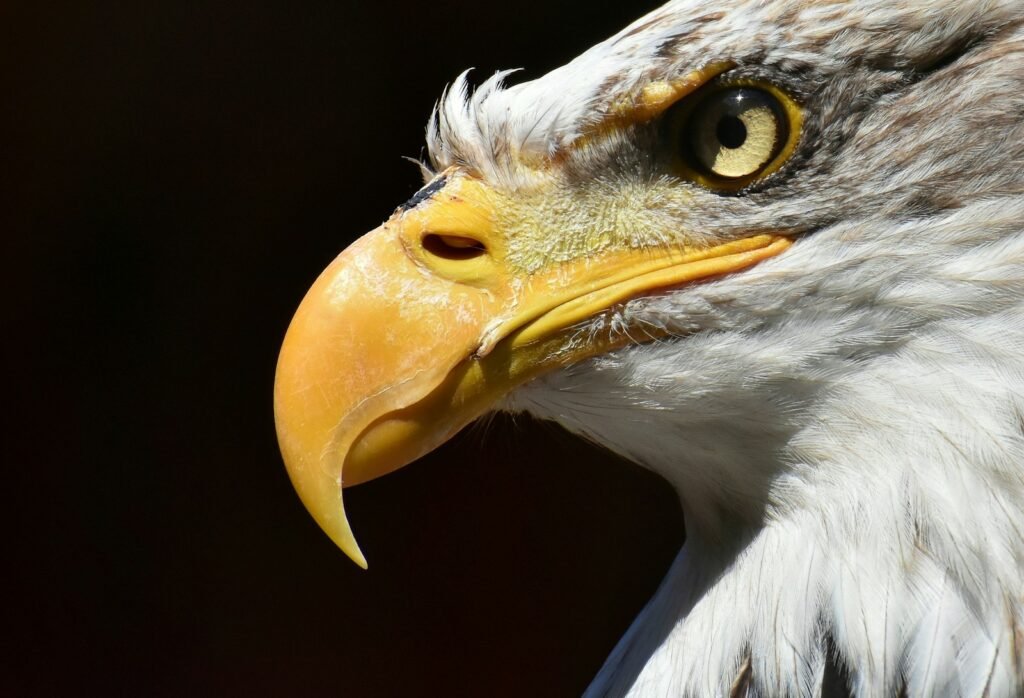A translucent juvenile colossal squid, the legendary “kraken” of Antarctic waters has been captured on video for the first time, solving a century-old marine mystery.
The Shot That Rewrote Marine Biology
On March 9, 2024, an ROV named SuBastian made history 600 meters deep near the South Sandwich Islands:
- First live footage of Mesonychoteuthis hamiltoni, the colossal squid
- 30 cm (1 ft) juvenile, nearly transparent with eerie, oversized eyes
- Arm hooks visible a trademark feature differentiating it from other glass squids
“This is like finding a unicorn, except we’ve had pieces of dead unicorns washing up for 100 years,” said Dr. Kat Bolstad (Auckland University of Technology).
A Century in the Making
The discovery comes exactly 100 years after the species was first described from:
- Beaks in sperm whale stomachs (their primary predator)
- Rare adult carcasses caught on fishing lines
- Zero live sightings until now
Adult specs:
- 7 meters (23 ft) long heavier than a grand piano
- 500 kg (1,100 lbs) Earth’s heaviest invertebrates
- Hooks on tentacles capable of snagging toothfish (their favorite prey)
Why This Squid Was Always the “Yeti of the Deep”
Colossal squids evade detection due to:
- Depth: Prefer 300–1,000 meters (Antarctic twilight zone)
- Transparency: Juveniles are near-invisible (adults darken with age)
- Elusiveness: Rarely interact with human gear
“They’ve been hiding in plain sight we just couldn’t see them,” noted Dr. Aaron Evans, a glass squid specialist.
The Cockatoo Pose: A Squid’s Deep-Sea Ballet
The same expedition also captured another first:
- Glacial glass squid (Galiteuthis glacialis) in the “cockatoo pose”
- Arms curled above its head, a defensive posture never before filmed alive
- Spotted at 687 meters near a calving Antarctic iceberg
“Two historic squid sightings in one year? The ocean is trolling us with secrets,” joked Jyotika Virmani (Schmidt Ocean Institute).
Tech Triumphs: How They Filmed the Unfilmable
Key tools behind the discovery:
- ROV SuBastian: High-def cameras + robotic arms for delicate observation
- Telepresence taxonomy: Global experts ID’d the squid via satellite in real-time
- Ocean Census Initiative: Largest marine life discovery mission ever
Previous SuBastian wins:
- 2020: First footage of the Ram’s Horn squid
- 2024: First live Promachoteuthis squid (awaiting confirmation)
Why This Matters Beyond “Cool Footage”
The sighting unlocks new science:
- Behavior: How juveniles navigate/feed in midwater
- Ecology: Role in Southern Ocean food webs
- Conservation: Baseline data as Antarctica warms
“This isn’t just a squid it’s a messenger from a changing abyss,” said Michelle Taylor (University of Essex).
What’s Next? Hunting for Giants
The team plans to:
- Analyze muscle movements frame-by-frame
- Deploy eDNA samplers to trace larger adults
- Return to the trench with upgraded sensors
“If this baby’s here, where’s mom?” mused Bolstad. “That’s the next billion-dollar question.”
Sources:
Colossal Squid, 1st Live Observation , Source: Youtube , Uploaded: Schmidt Ocean

Jan loves Wildlife and Animals and is one of the founders of Animals Around The Globe. He holds an MSc in Finance & Economics and is a passionate PADI Open Water Diver. His favorite animals are Mountain Gorillas, Tigers, and Great White Sharks. He lived in South Africa, Germany, the USA, Ireland, Italy, China, and Australia. Before AATG, Jan worked for Google, Axel Springer, BMW and others.




